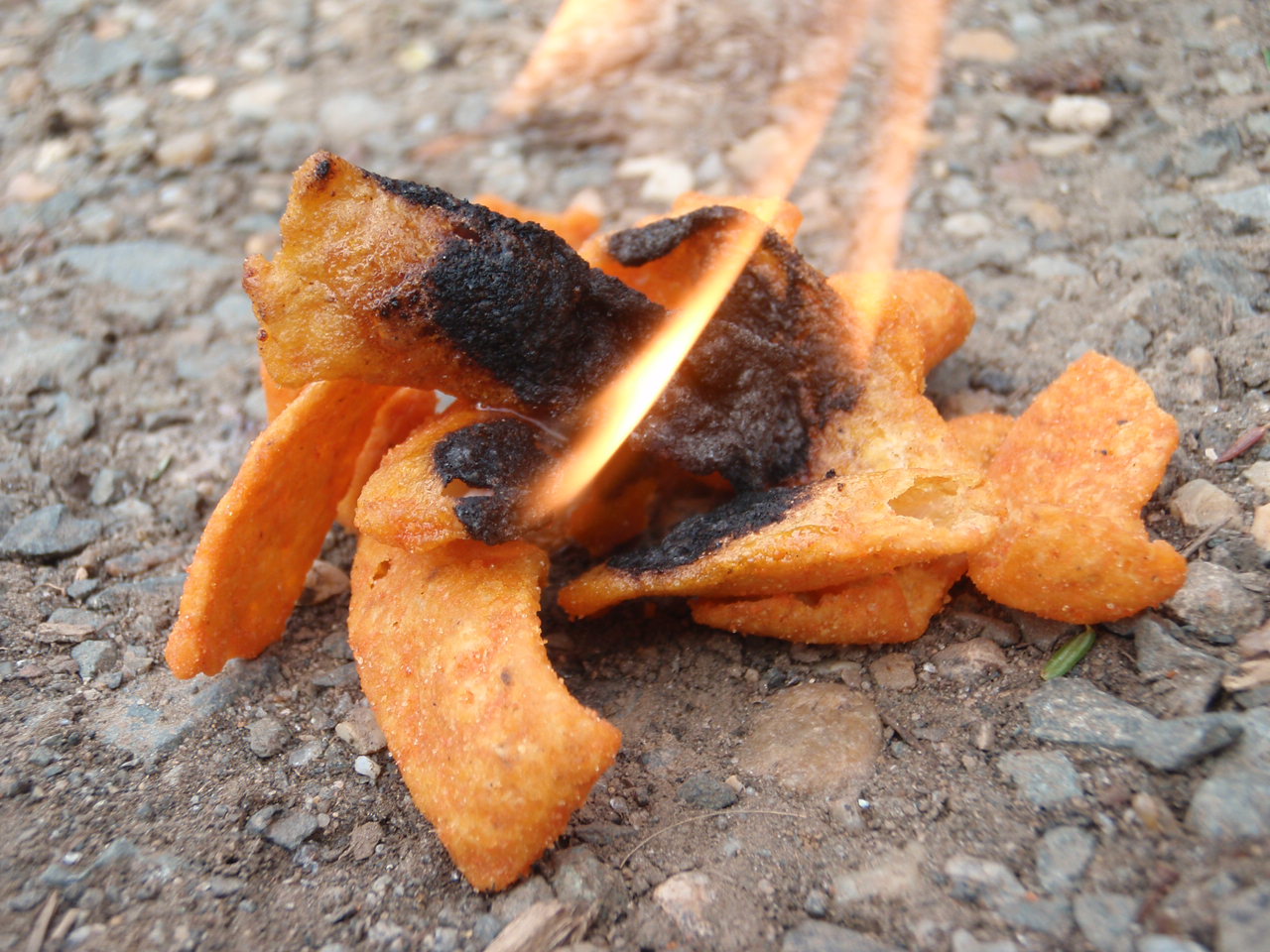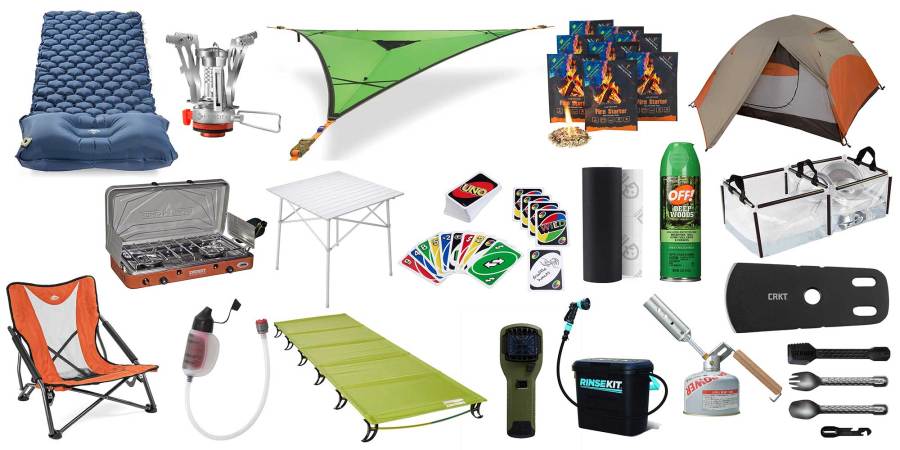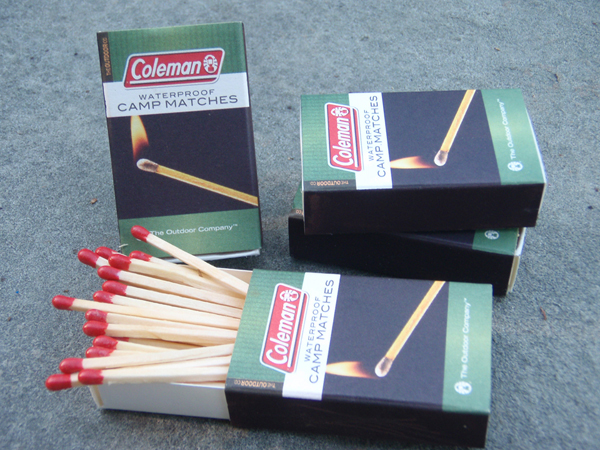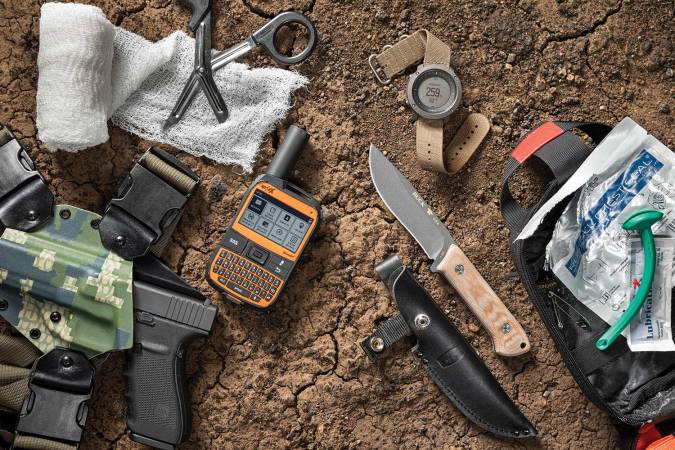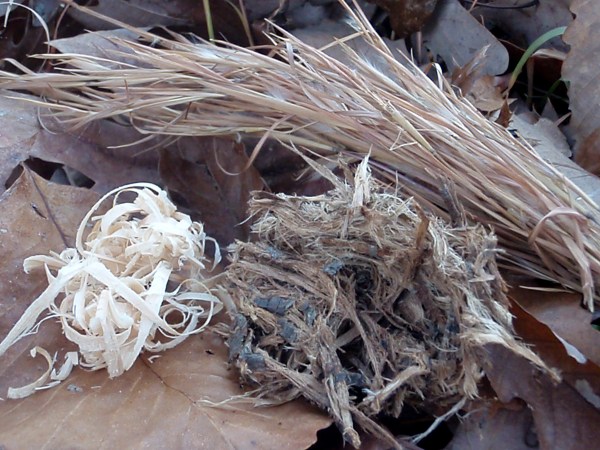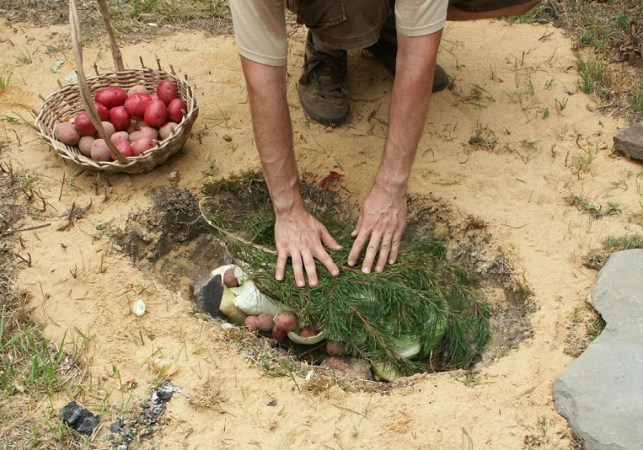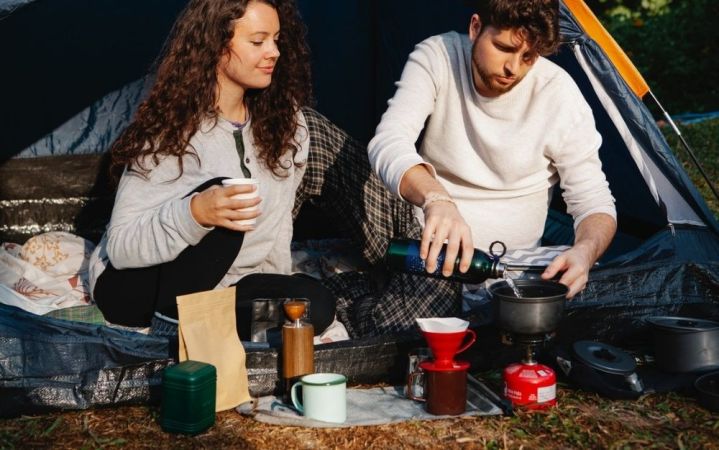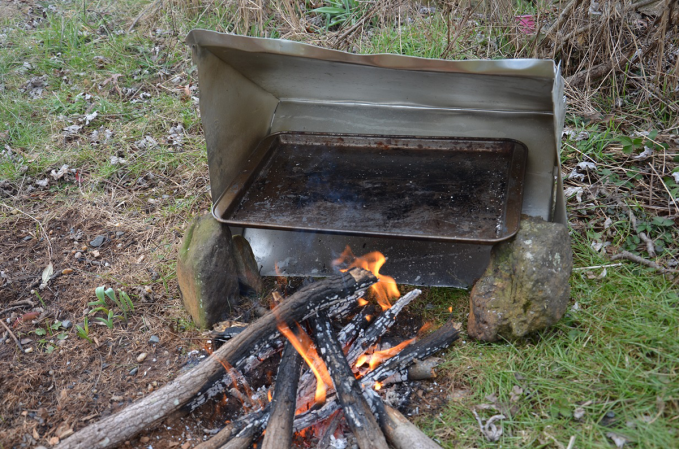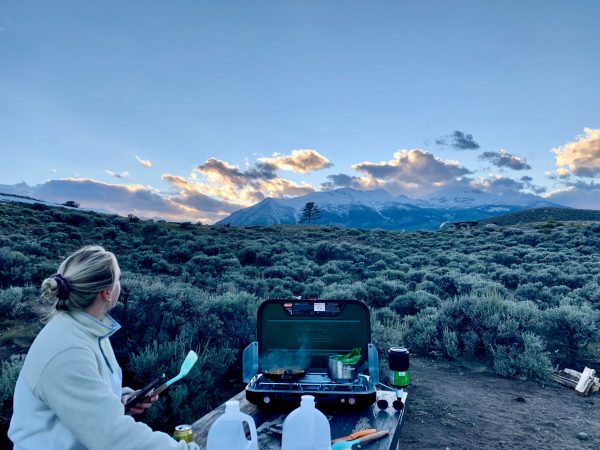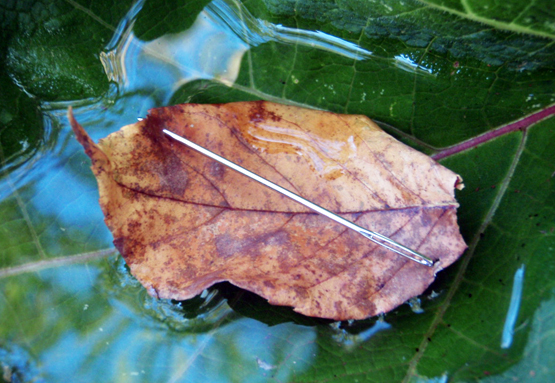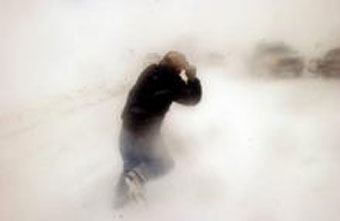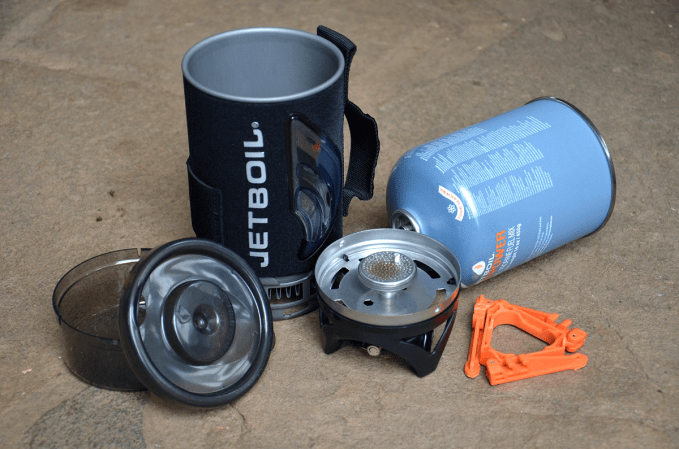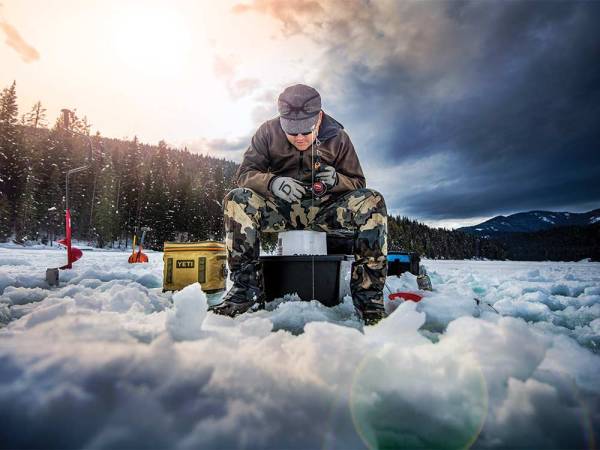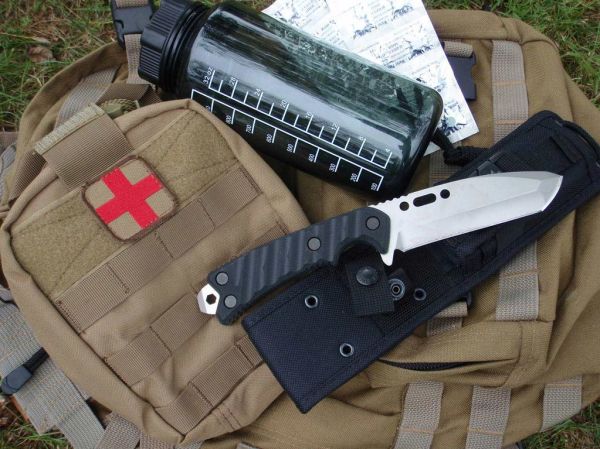We may earn revenue from the products available on this page and participate in affiliate programs. Learn More ›
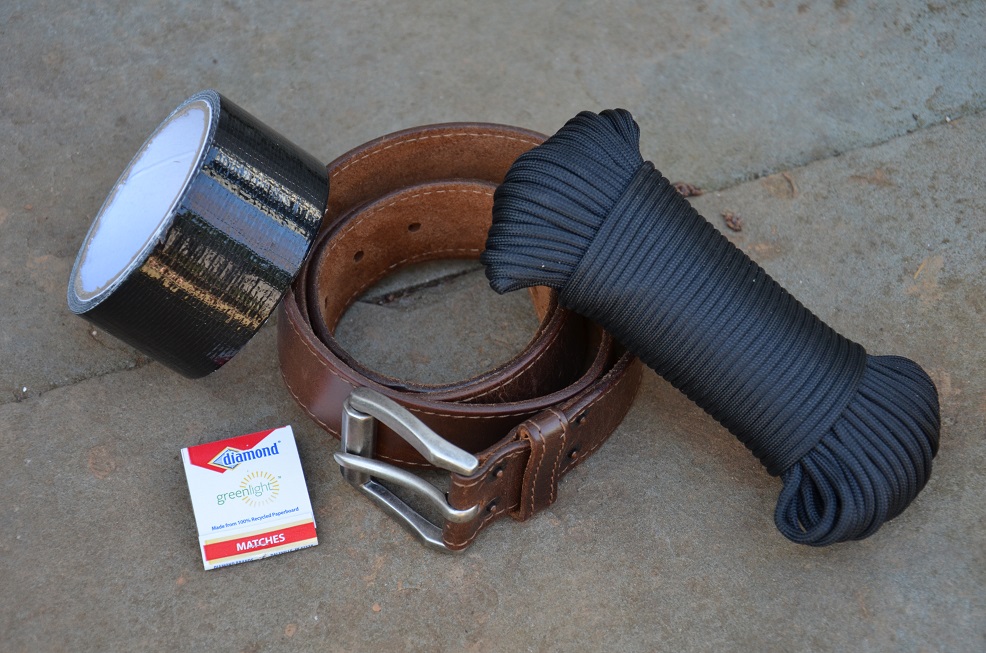
Television shows, books, and those viral Facebook videos have encouraged us to “hack” our way to an easier life. But what is a hack exactly? In modern terms, a “hack” is a clever shortcut or an alternative technique to get a job done, and most hacks involve the creative uses of items that are often different from their intended uses. We are going to examine a few hacks that will come in handy on the hunt, in your camp, and—God forbid—during a survival situation. Who knows when a few creative survival hacks might just save the day?
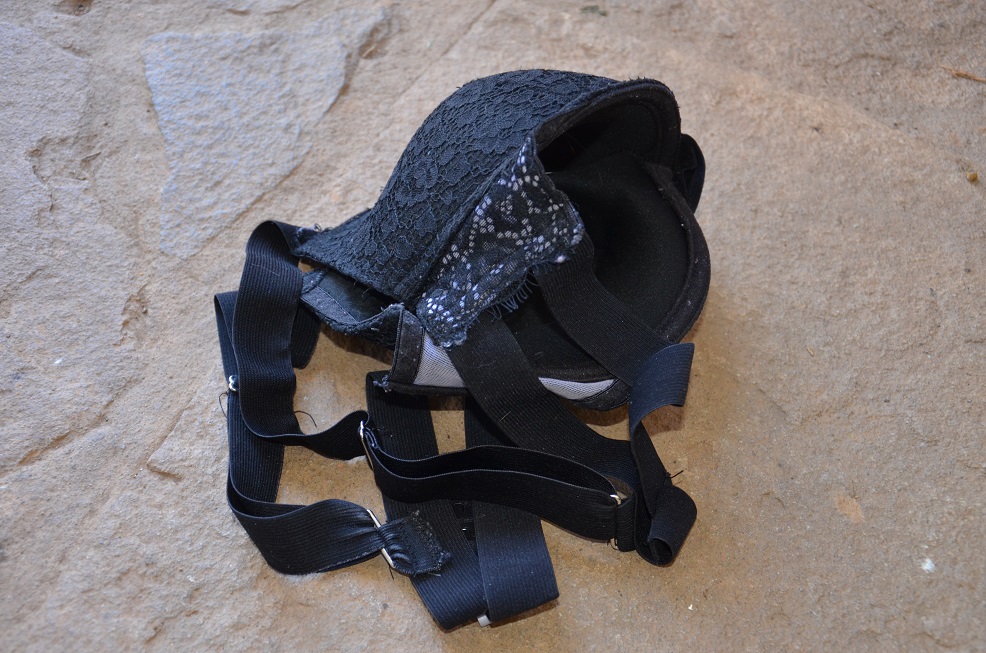
15. Breathe Through a Brassier
Dangerous dust in the air? Urban disasters can launch all kinds of nasty particulate matter into the air you breathe. And every bra-bearing woman is wearing the answer. Remove your bra and cut it in half between the cups. Pierce a hole in the side of the cup where it was cut in half and thread the straps from that side through the opening. Fit the cup over your face tightly and tie off the strap. It turns out that each bra cup is a surprisingly good respirator mask, and most women are walking around with one for themselves and one as a spare.
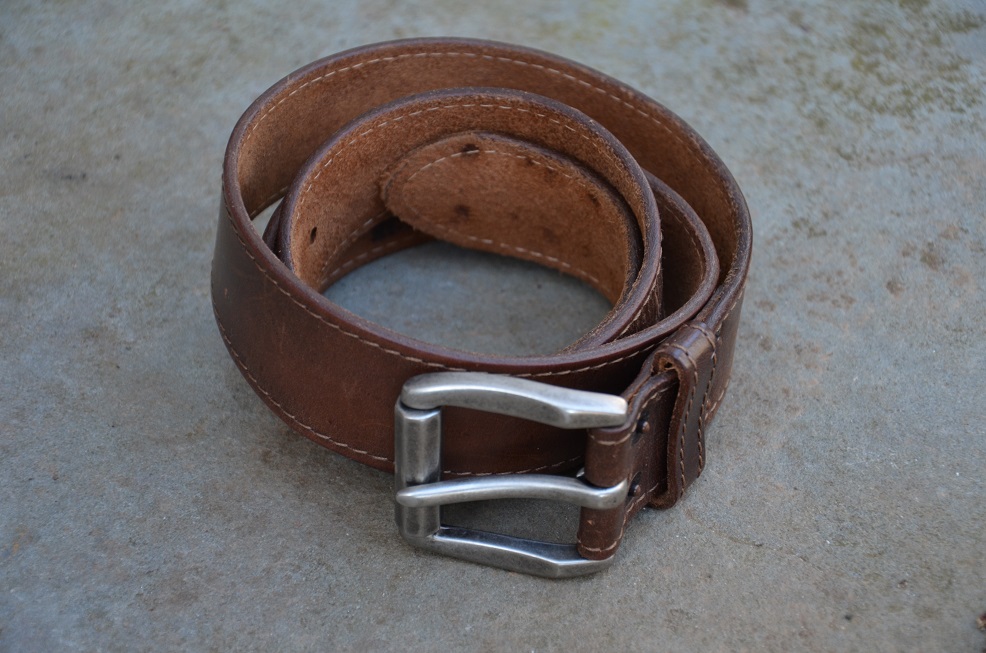
14. Be a Steel-Belted Hero
Need to restrain your hysterical hunting buddy, or just bundle together some firewood? It you can spare the belt off of your pants, it makes a very sturdy tie strap. I’ve even lashed together temporary shelters with it, and then removed the belt in the morning when it was time to break camp. Just don’t use this hack if the belt is the only thing holding your pants up.
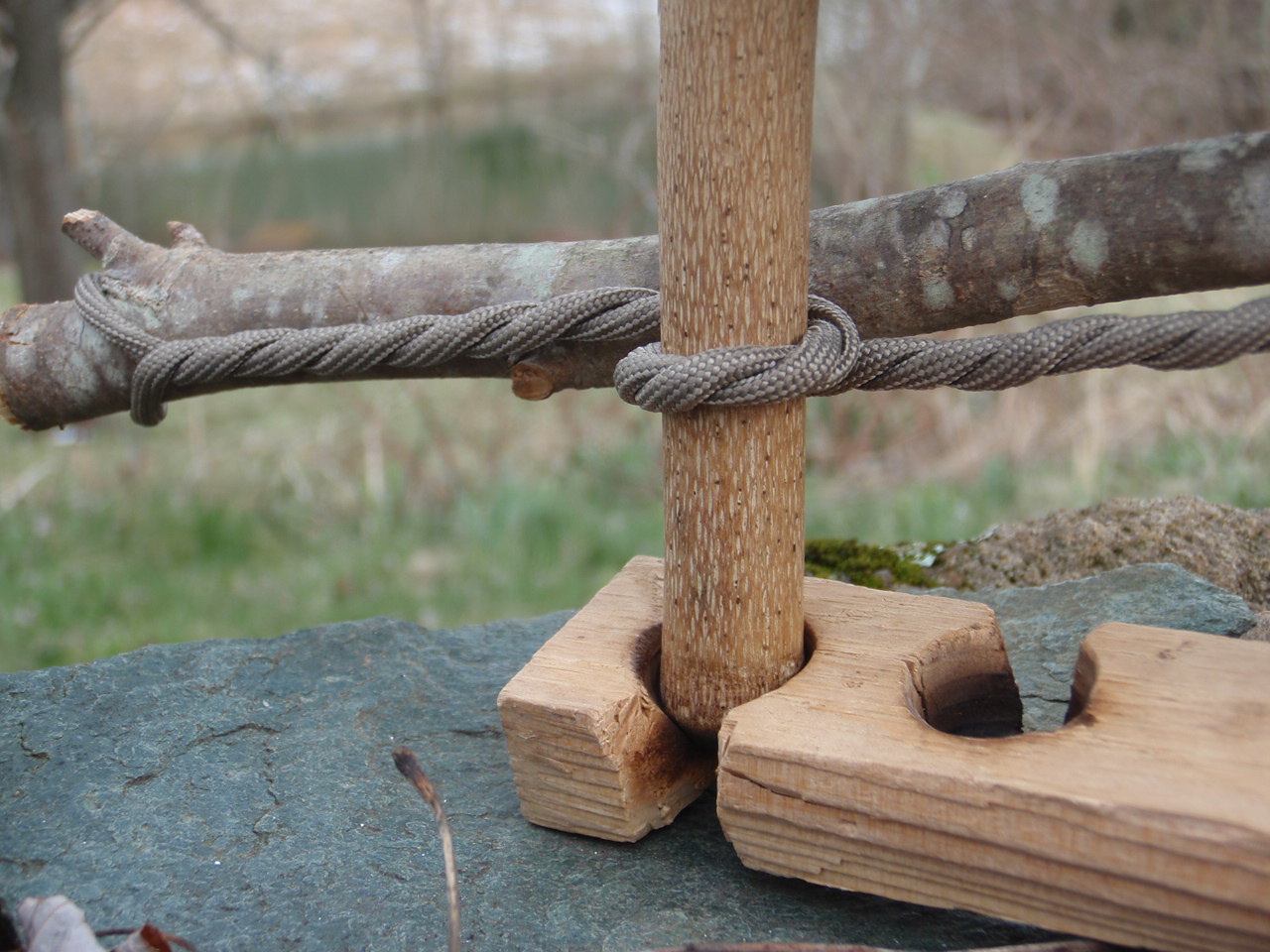
13. Make a Bootlace Bow Drill
Need a cord to build a friction fire set? Look no further than your trusty boot laces. Remove the lace from one boot, fold it in half and twist it until it resembles a rope. Tie this onto the bow for your fire drill, and go to town. You can also “pre-game” before your outdoor adventures by swapping out your regular laces with 550 cord. It’s much stronger than ordinary bootlace cord. Just melt the ends with a lighter after you cut them to keep the cord from unraveling.
12. Hack Your Fire
Can’t get that damp tinder to light? Then dip into your food supply and pull out some high-calorie comfort food—namely chips. Delicious greasy snack chips make an outstanding fire starter when you apply an open flame to them. Just a few corn chips, Fritos, or potato chips can be quickly lit with a match or lighter. Two or three chips won’t put much of a dent in your food supply, but it will have a massive impact of your fire building.
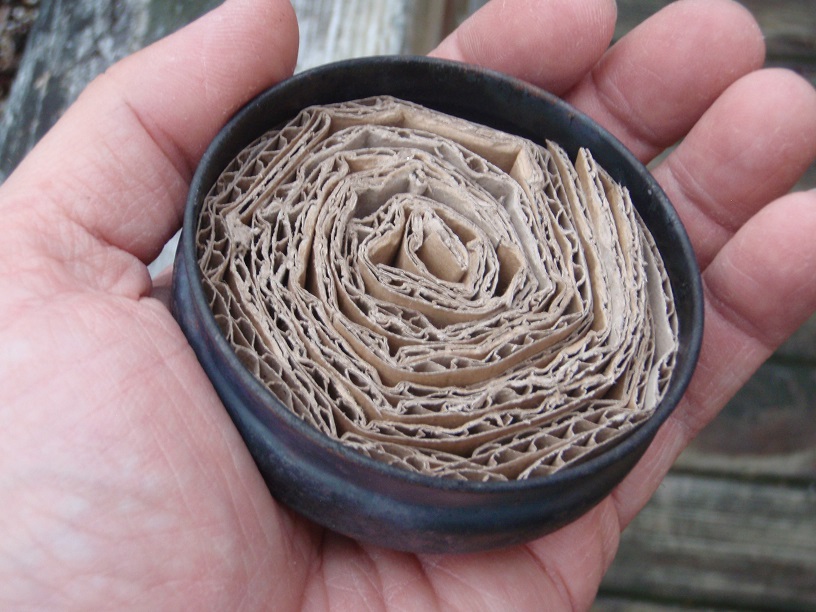
11. Build a Wax and Cardboard Stove
This simple gizmo is made from any cast off flat can (like a tuna can). You’ll also need some thin strips of cardboard, cut as wide as the can is tall (any length will work). And finally, you’ll require some candle wax, new or old. To make the stove, coil up your cardboard strips inside the can until it is full of cardboard. Melt your wax over a medium heat, preferably in a disposable container like another tin can. Pour the melted wax into the cardboard stove until the cardboard is almost covered. Light it right away or let it cool to save for later.
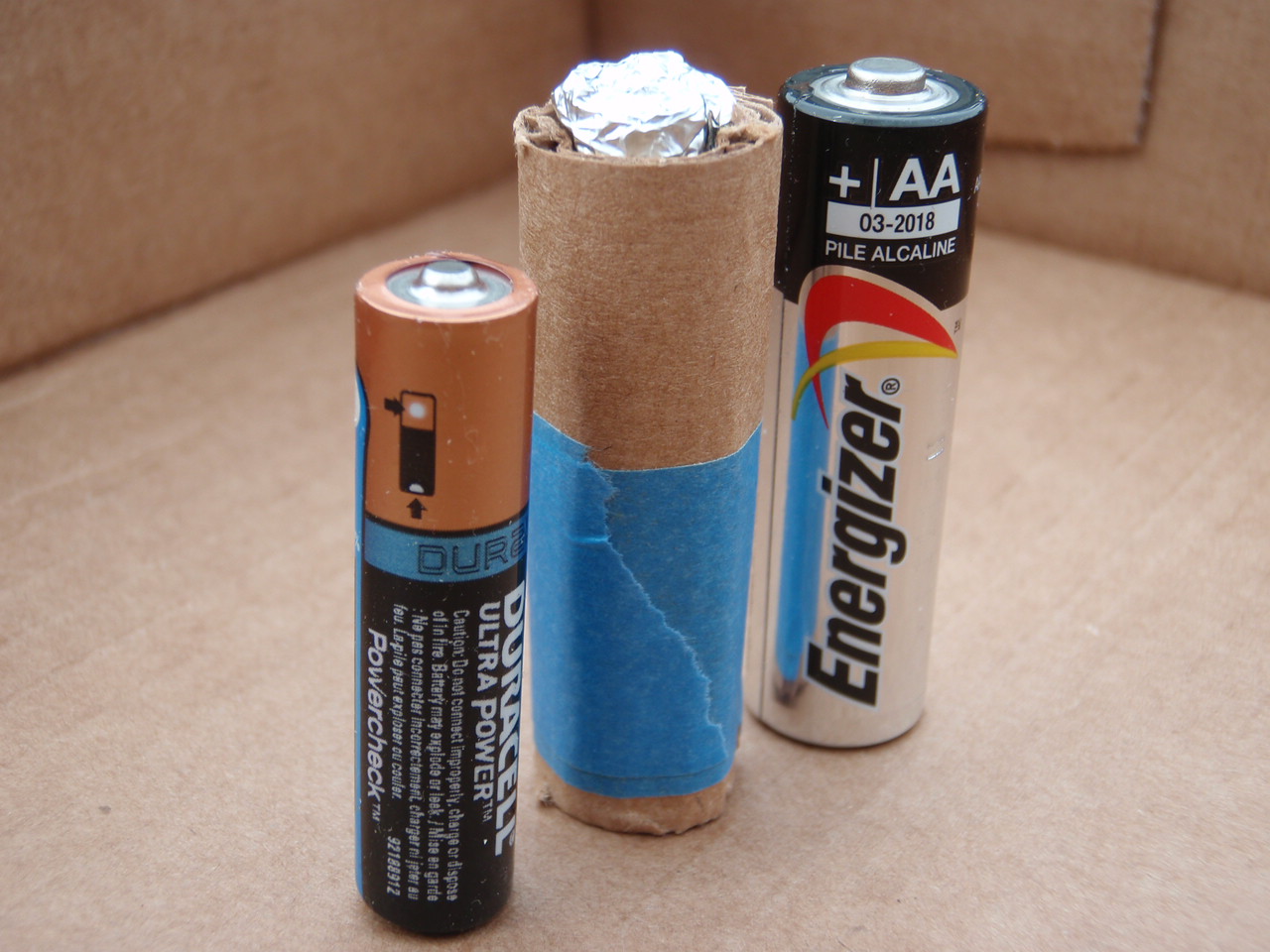
10. Lighten Things Up
If your flashlight runs out of batteries, you still may have a shot at using it. If you have smaller batteries that are charged, wrap the sides in tape, paper or cardboard to get the right battery diameter. Then, use aluminum foil or stacked coins to increase the battery length with conductive metal. With this trick, you can substitute AAA batteries for AA, and C cells for D cells. This isn’t just for flashlights, either. Any battery operated device can work on modified batteries, providing the replacements are the same voltage.
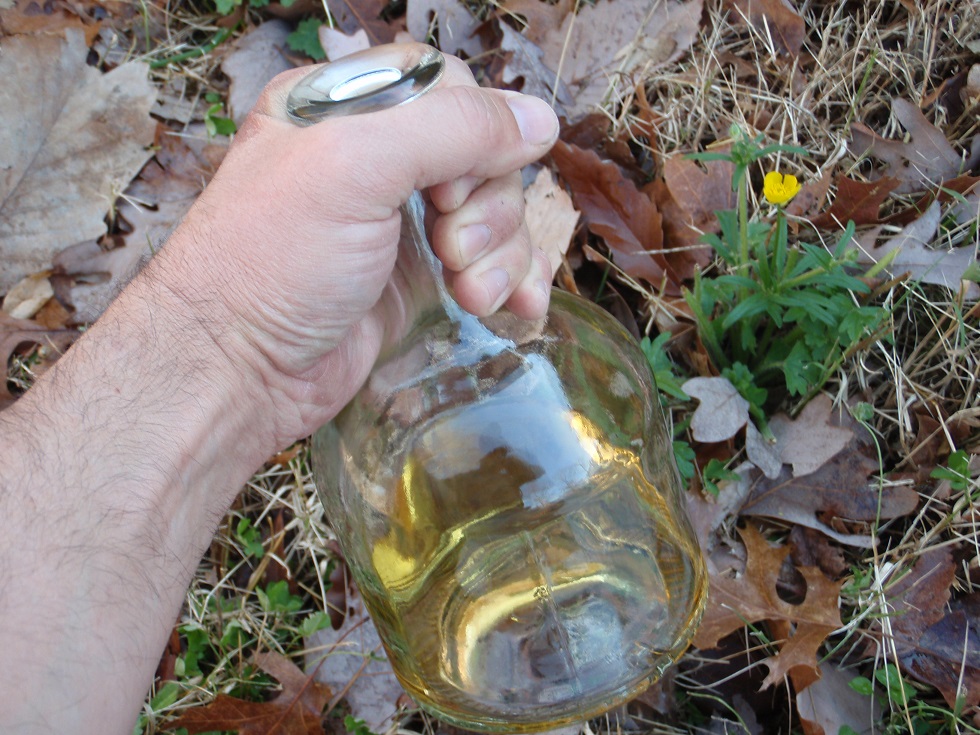
9. Booze It Up
Whether you are a tea-totaler or a drinker, liquor can serve many roles in addition to its intended use as an intoxicant. Spray yourself down with vodka to discourage mosquitoes and other pests. And with its antibacterial qualities, any form of liquor can disinfect wounds, help keep your teeth and gums in good shape, and even help soothe the discomfort from poison ivy and jellyfish stings.
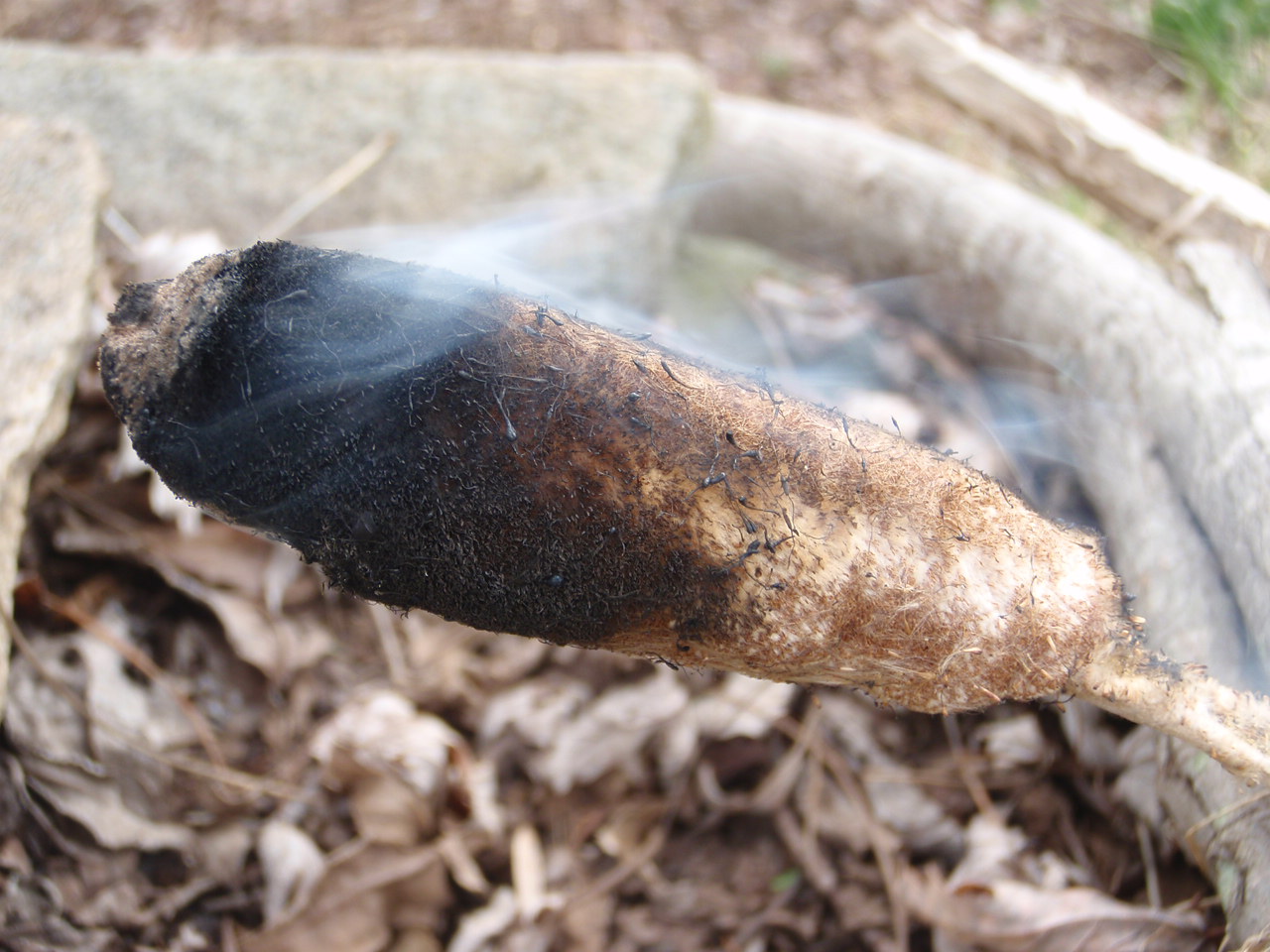
8. Baffle the Bugs
The stinking smoke of smoldering materials can act as a natural bug repellent. Cattail seed heads work well, and are found in wetlands throughout the world. Collect a dry, brown seed head and light one end. It will usually smoke without flaming up completely. Place the smoking cattail punk on a fire-safe surface, upwind from your position and the bug repelling smoke will waft over you for 20-30 minutes.
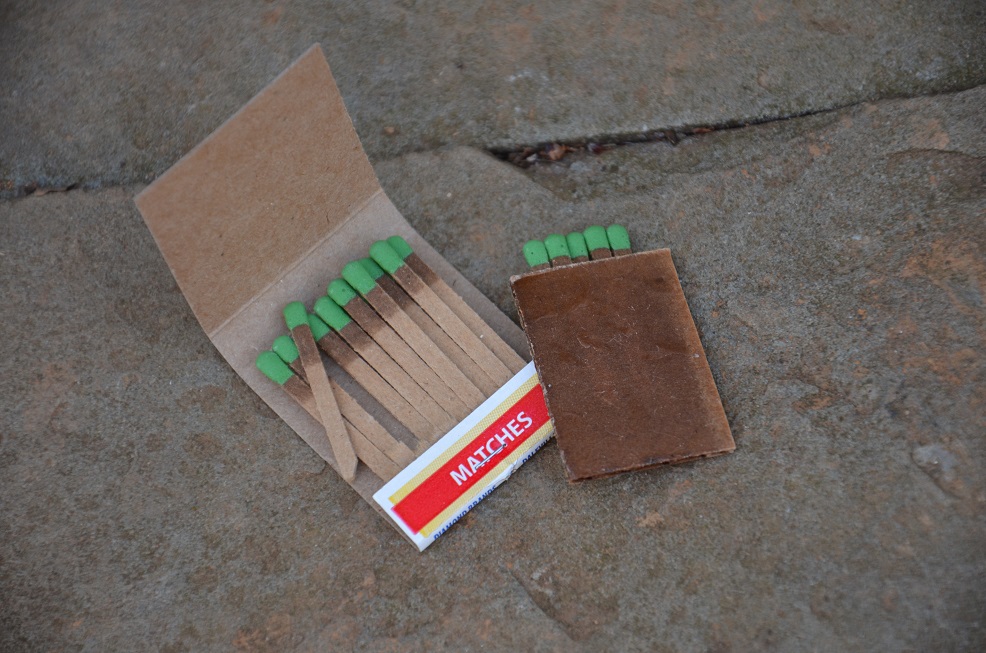
7. Make a Super Match
Wet weather can be a challenge for even the best fire maker. So why not stack the deck in your favor by building a “super match”? Cut a small square of cardboard and dip it in melted wax. Let it drain so that the open slots inside the cardboard stay empty. Once the wax has hardened, insert several matches into the cardboard slots. Carry this “super match” with a separately packaged striker strip, or use strike-anywhere matches.
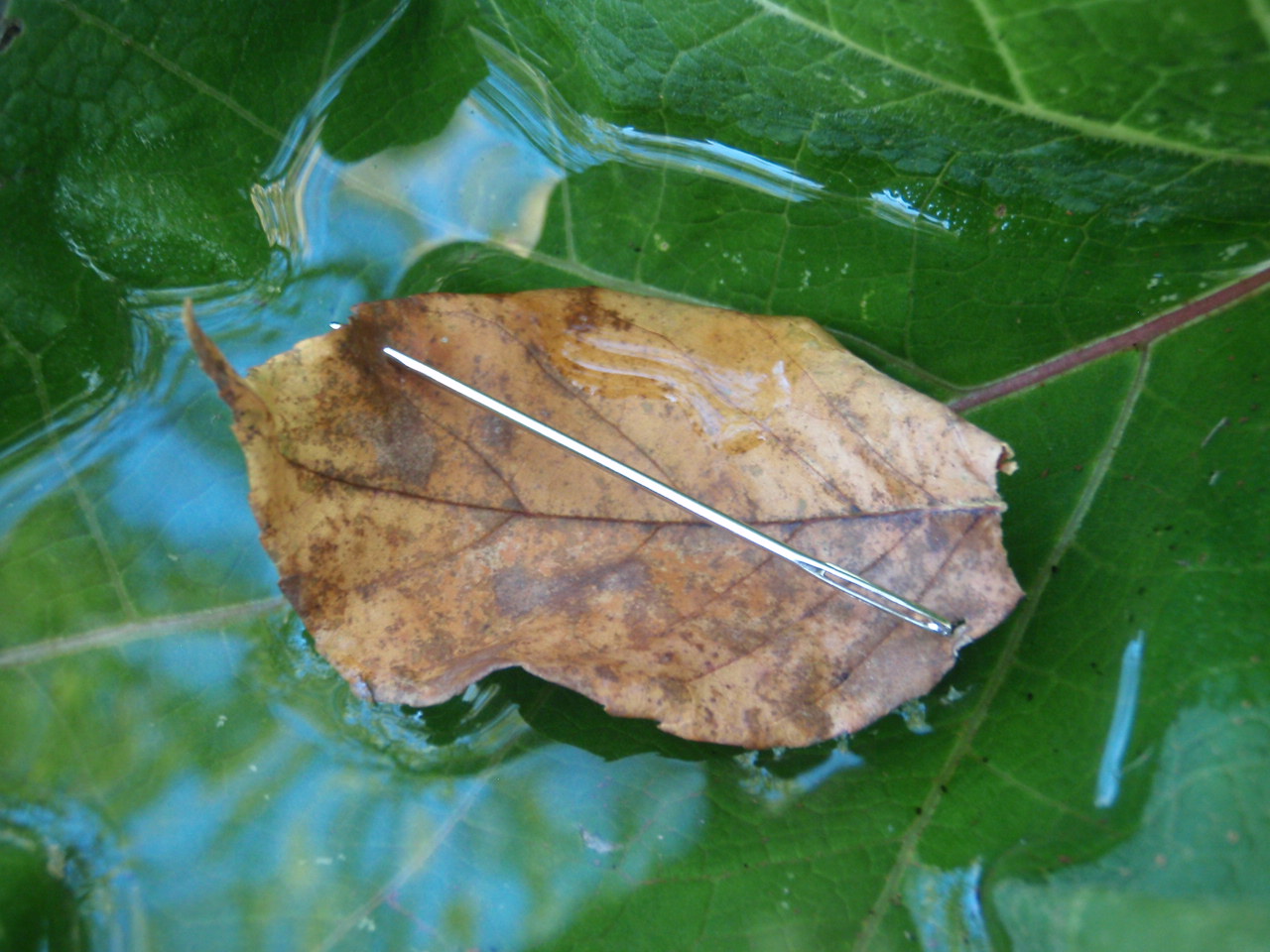
6. Find Your Way
Improvise a compass and you’ll make a huge difference in navigating your way out of a wilderness emergency. A metal item (like a needle) can act like a compass needle when it is magnetized and suspended to allow free movement that is not affected by wind or any other forces. Magnetize a needle by rubbing just the eye of the needle one hundred times against the hair, fur or silk. Lay the needle on a leaf that can float in water. If no wind is allowed to hit the leaf, the needle should pull the floating leaf to orient itself on a North-South alignment. Watch out for gun barrels and other nearby metal items which can pull the compass needle off course and distort your bearing.
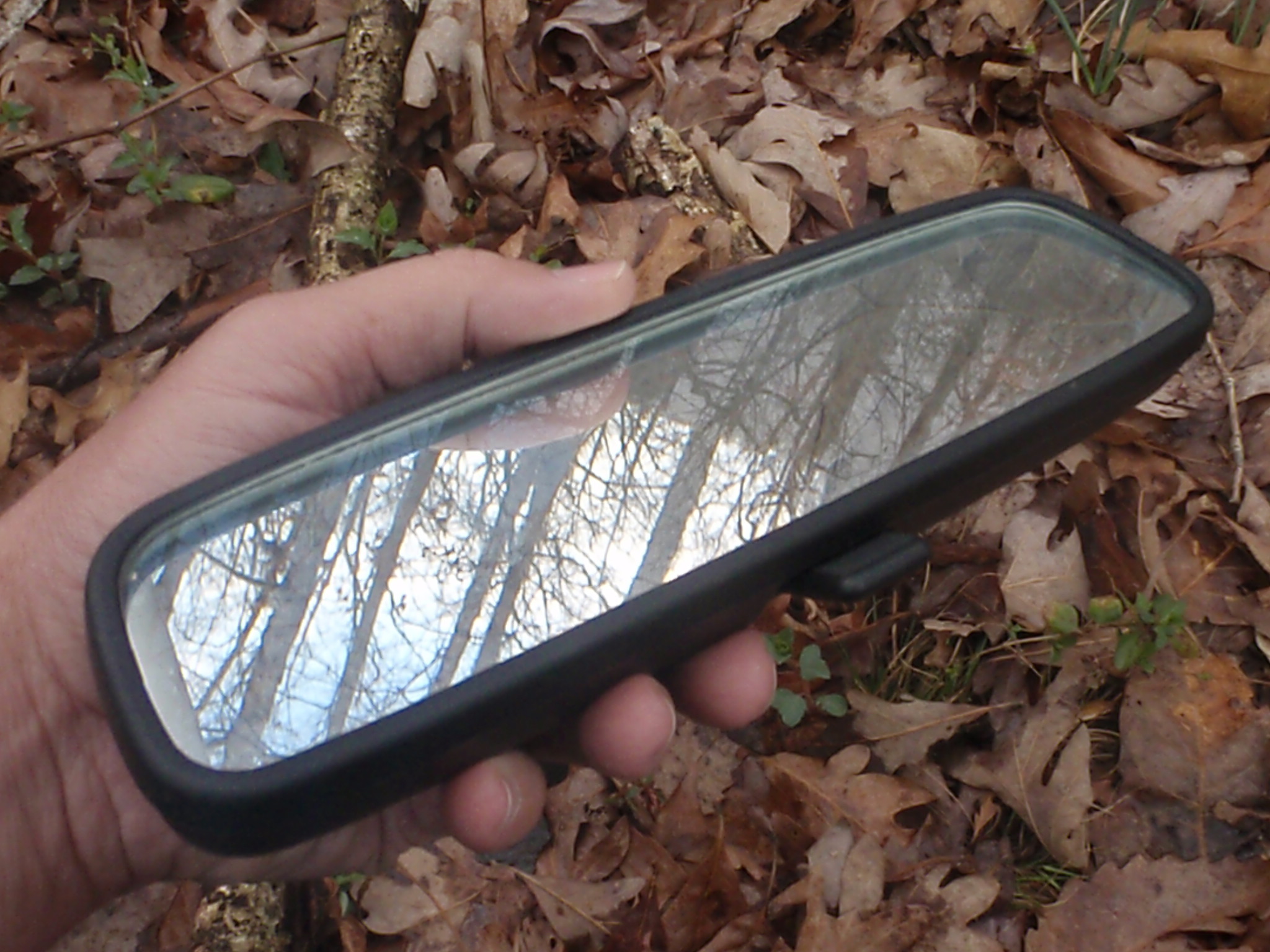
5. Signal for Help
Anything reflective can come into play as a visual distress signal. Use CD’s, car mirrors, polished metal, and whatever else you can scrounge to reflect sunlight toward distant targets. Sweep the light up and down, and side to side to ensure that your target sees a flash of light. The further away they are, the harder they are to hit, so keep it up as long as you can. If you can still see the target, which could be a distant boat, plane, vehicle, or people walking, then keep on signaling.
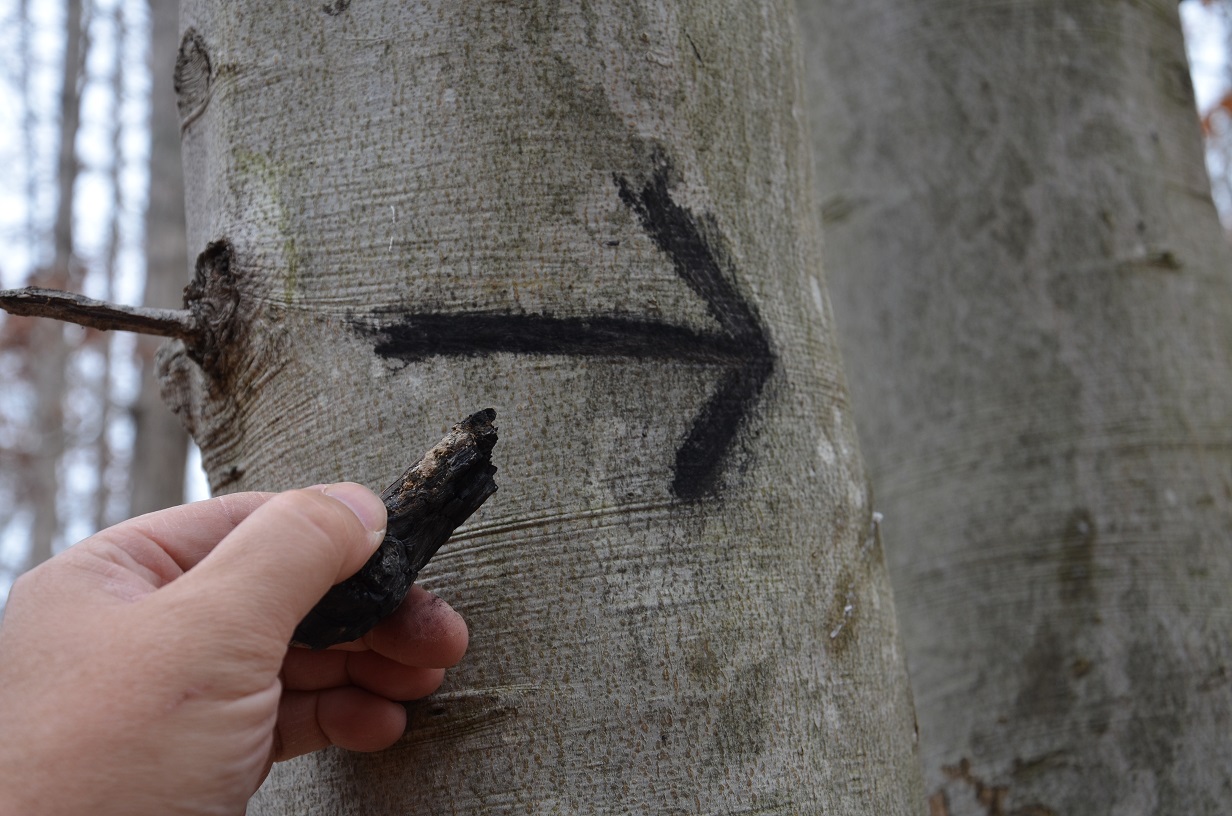
4. Mark Your Path With Charcoal
Trying to leave a breadcrumb trail in the forest, or signal which way a search party should go? Grab a few burnt sticks from your fire and use them to draw arrows and write messages on trees, rocks, logs and any other handy surfaces. This low-tech version of a Sharpie will leave marks that last for weeks, but it will eventually weather away—so it’s not graffiti!
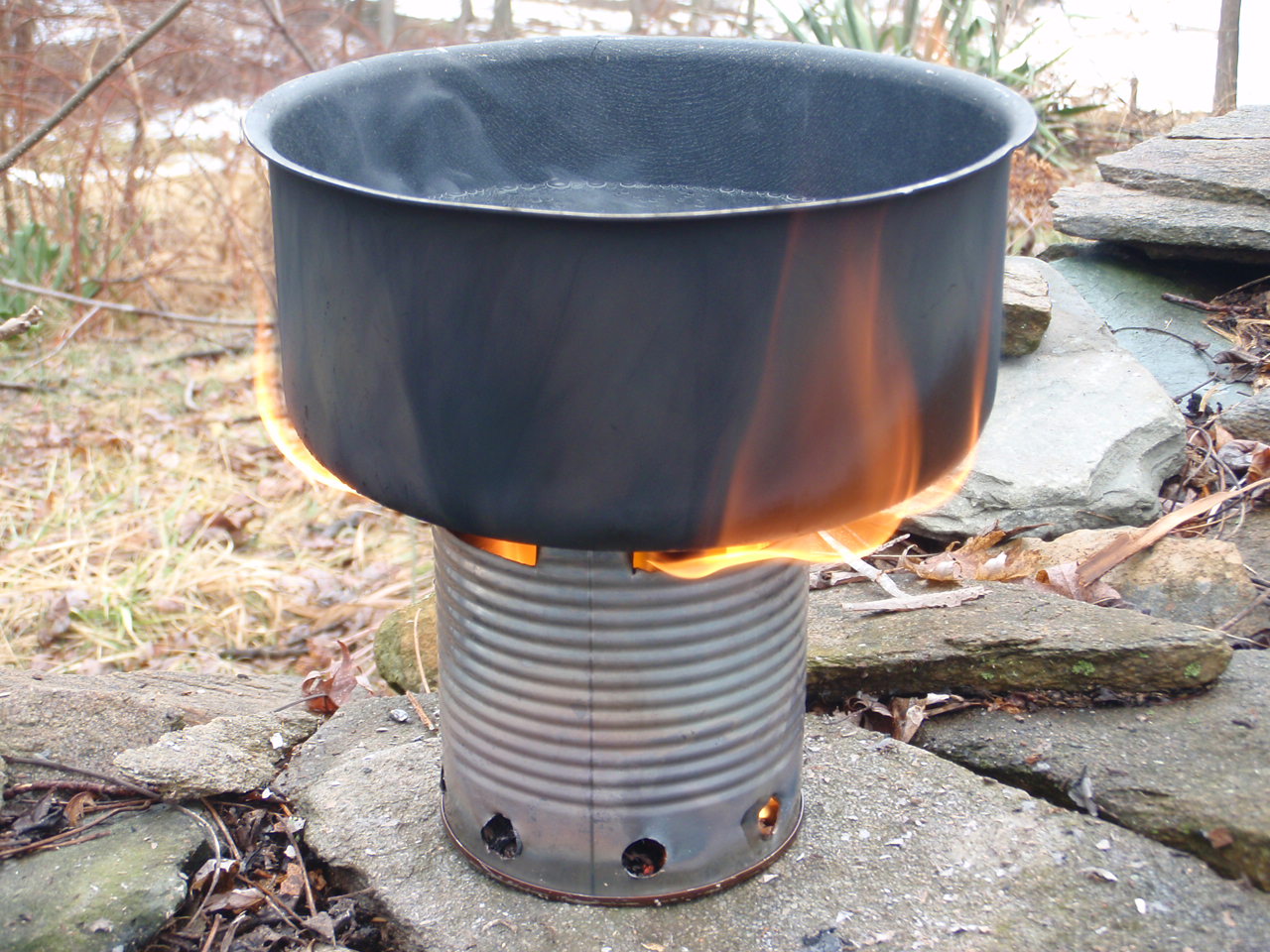
3. Build a Tiny Wood Stove
If the wax and cardboard stove isn’t big enough to handle your cooking chores, then cut up a bigger can to create a “hobo stove.” Remove the can lid completely from a 40 ounce bean can. Use tin snips to create “ears” at the top of the stove (this is what your pot will sit on). Use a drill with a large bit to drill several 8 or 10 vent holes at the bottom of the stove. File off any sharp or rough edges from your metal work. Finally, fill it with some tinder on the bottom and some broken twigs on the top. Set it up in a stable, level spot and light it through one of the vent holes. Then place your pot over the stove and start cooking.
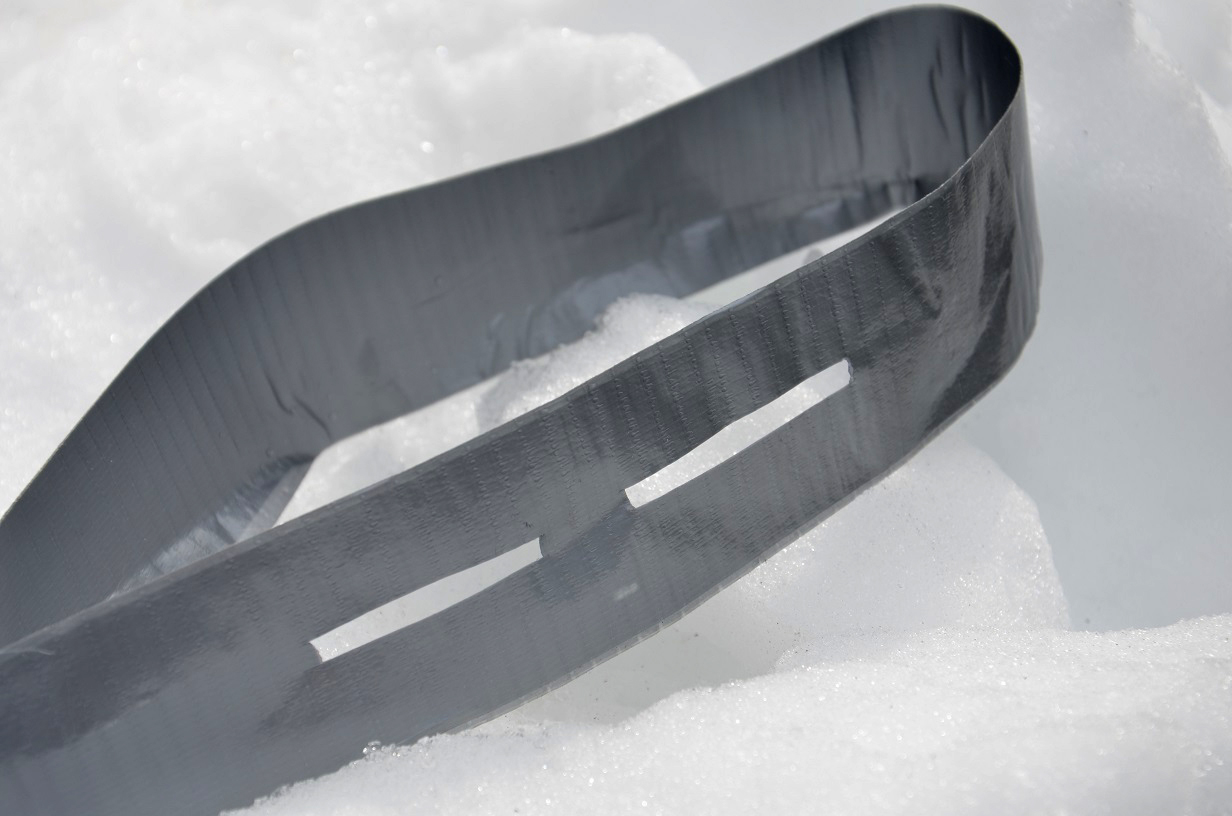
2. Duct Tape to Fight Snow Blindness
Cut two strips of duct tape, with one that is about an inch shorter than the other. Stick them together, sticky side against sticky side. Use the exposed bit of sticky tape to stick together a loop that fits your head. Place the duct tape loop on a log and cut out two thin slots for eye holes. Don your improvised goggles, and you’ll be protected from snow blindness.
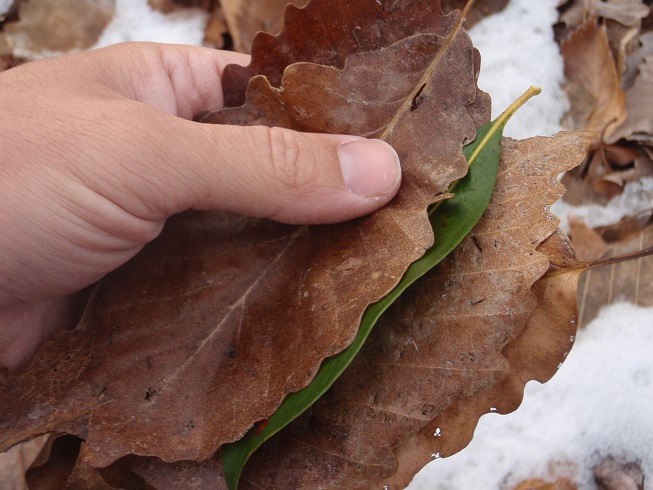
1. TP Replacement
Running out of toilet paper in the woods is no joke. Finding the right substitute can be tricky, as you don’t want to get poison ivy leaves, or something slick that won’t wipe. And some fuzzy plants that look right for the job (like mullein) can cause a rash. For best results, use a stack of dead dry leaves, with one green leaf in the middle for structural integrity. Also try a wet, well-packed snowball. Although it’s very brisk, it wipes well and even washes your skin as it melts a little.
